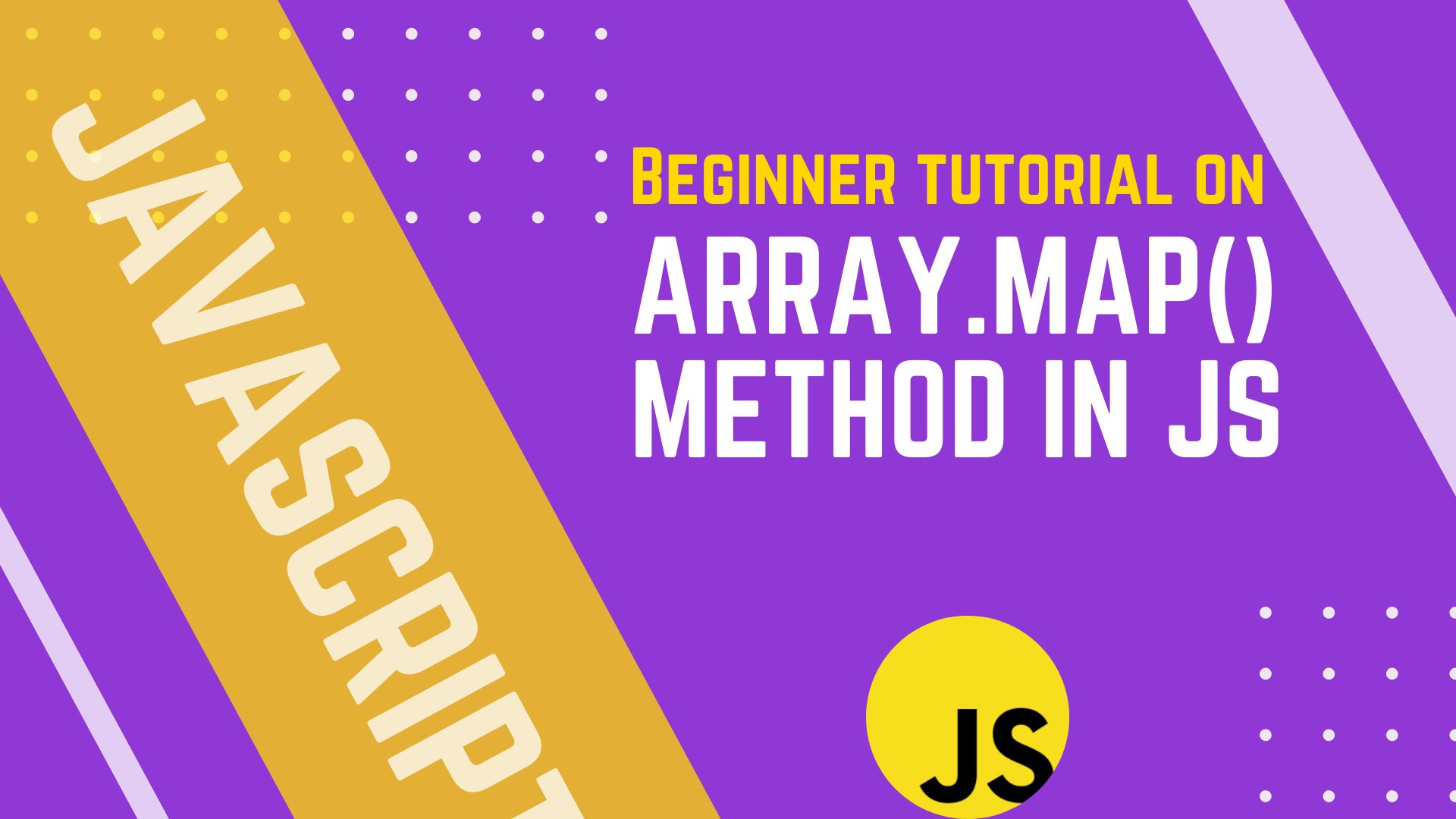Understanding the map() Method for JavaScript Arrays: A Simple Guide
 Shobo Adefowope
Shobo Adefowope
The map() method creates a new array by applying a provided function (callbackFn) to each element of the original array. It’s perfect for transforming data without modifying the original array.
Syntax
array.map(callbackFn, thisArg)
callbackFn: A function that runs on each array element, with the following arguments:
element: Current element.index: Current index.array: The array being traversed.
thisArg (optional): A value to use as
thisin the callback function.
Key Features
Returns a New Array: The original array remains unchanged.
Skips Empty Slots: Callback is not called for unassigned elements in sparse arrays.
Generic Usage: Works with array-like objects (e.g., NodeLists).
Examples
1. Basic Example: Transform Numbers
const numbers = [1, 4, 9];
const roots = numbers.map((num) => Math.sqrt(num));
console.log(roots); // [1, 2, 3]
2. Reformat Objects
const kvArray = [
{ key: 1, value: 10 },
{ key: 2, value: 20 },
];
const reformatted = kvArray.map(({ key, value }) => ({ [key]: value }));
console.log(reformatted); // [{ 1: 10 }, { 2: 20 }]
3. Using parseInt with map
// Common mistake:
console.log(["1", "2", "3"].map(parseInt)); // [1, NaN, NaN]
// Correct approach:
console.log(["1", "2", "3"].map((str) => parseInt(str, 10))); // [1, 2, 3]
// Alternative:
console.log(["1", "2", "3"].map(Number)); // [1, 2, 3]
4. Avoid Undefined Results
Returning nothing from the callback leads to undefined in the new array:
const numbers = [1, 2, 3, 4];
const result = numbers.map((num, index) => (index < 3 ? num : undefined));
console.log(result); // [1, 2, 3, undefined]
Use filter() or flatMap() to remove undesired elements.
5. Side Effects (Anti-Pattern)
Avoid using map() for operations with side effects, like updating variables:
const cart = [5, 15, 25];
let total = 0;
// Avoid this:
const withTax = cart.map((cost) => {
total += cost;
return cost * 1.2;
});
// Instead, use separate methods:
const total = cart.reduce((sum, cost) => sum + cost, 0);
const withTax = cart.map((cost) => cost * 1.2);
6. Accessing Other Array Elements
The third argument (array) allows accessing neighbors during transformations:
const numbers = [3, -1, 1, 4];
const averaged = numbers.map((num, idx, arr) => {
const prev = arr[idx - 1] || 0;
const next = arr[idx + 1] || 0;
return (prev + num + next) / 3;
});
console.log(averaged);
Common Use Cases
Transform Data: Apply a function to each element.
Reformat Objects: Change the structure of data.
Map NodeLists: Transform DOM elements like
NodeListinto arrays:const elems = document.querySelectorAll("option:checked"); const values = Array.from(elems).map(({ value }) => value);
When to Avoid map()
No Return Value Needed: Use
forEach()orfor...ofinstead.Mutating Data: Create new objects instead of altering the original ones:
const products = [{ name: "phone" }]; const updated = products.map((p) => ({ ...p, price: 100 }));
Final Tips
Pure Functions Only: Ensure the callback has no side effects.
Understand Arguments: Know that
map()passeselement,index, andarrayto the callback.Avoid Sparse Arrays: Empty slots will remain empty.
Use map() to simplify your code when transforming arrays efficiently!
Subscribe to my newsletter
Read articles from Shobo Adefowope directly inside your inbox. Subscribe to the newsletter, and don't miss out.
Written by

Shobo Adefowope
Shobo Adefowope
Taiwo is a passionate Website developer and a Technical writer with 2 years of experience building responsive and user-friendly web applications. He specializes in HTML, CSS, JavaScript, and various front-end frameworks like React, Nextjs, WordPress and WooCommerce. He uses his technical knowledge to create clear and concise documentation and tutorials that help developers and end-users understand complex systems and processes